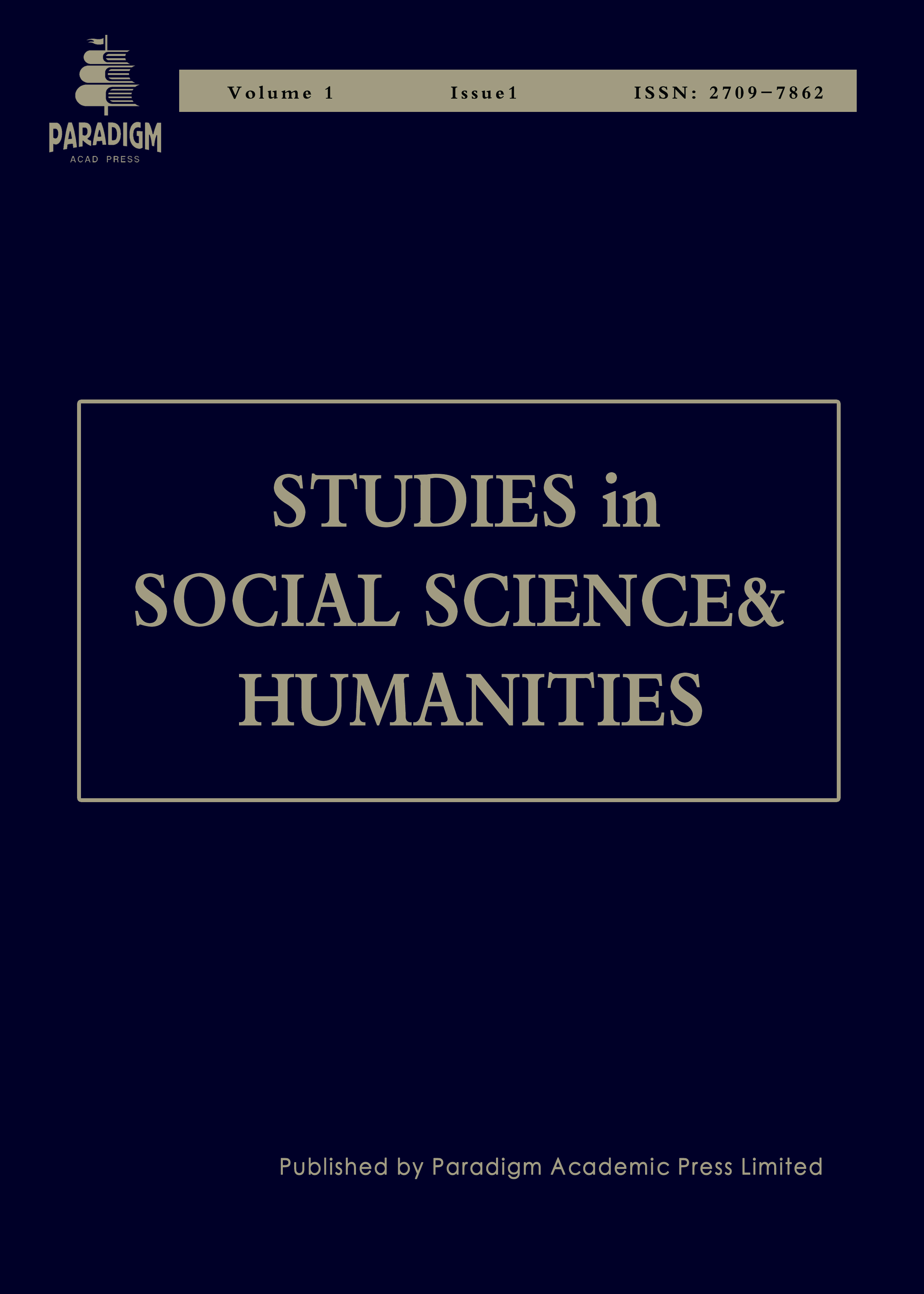Features of Translation on Ancient Memorials Based on Interpersonal Function Analysis-Exemplified by a Selection of Classical Chinese Essays from Guwen Guanzhi
Keywords:
translation, interpersonal function, mood, modality, personal pronounAbstract
Translation has been a prominent focus in linguistics for six decades, yet scant attention has been paid to the stylistic nuances found in ancient Chinese memorials. The study aims to find out the linguistic features of translations of the ancient memorials. The paper starts with a brief introduction of Halliday’s interpersonal function theory and the definition of the memorial. Through analyzing the data, we collected from the two well-known Chinese ancient memorials. The former is State of Dispatching Troops and the later is Memorial to the Emperor Stating My Case. Results show the features of memorials regarding mood, modality, and personal pronoun and how these features achieve interpersonal functions through quantitative and qualitative research. This paper provides a simple model for analyzing Chinese ancient literary style memorials and compensates for the lack of theory about stylistic linguistic and systemic-functional linguistics in the English-Chinese translation field. The realization of interpersonal functions reflects the speaker’s status, intentions, tendencies and, the other information. In essays, more polite usage is used instead of the common first-person I and second-person pronoun you. The above analysis is considered by translators when they translate the memorials into English.


